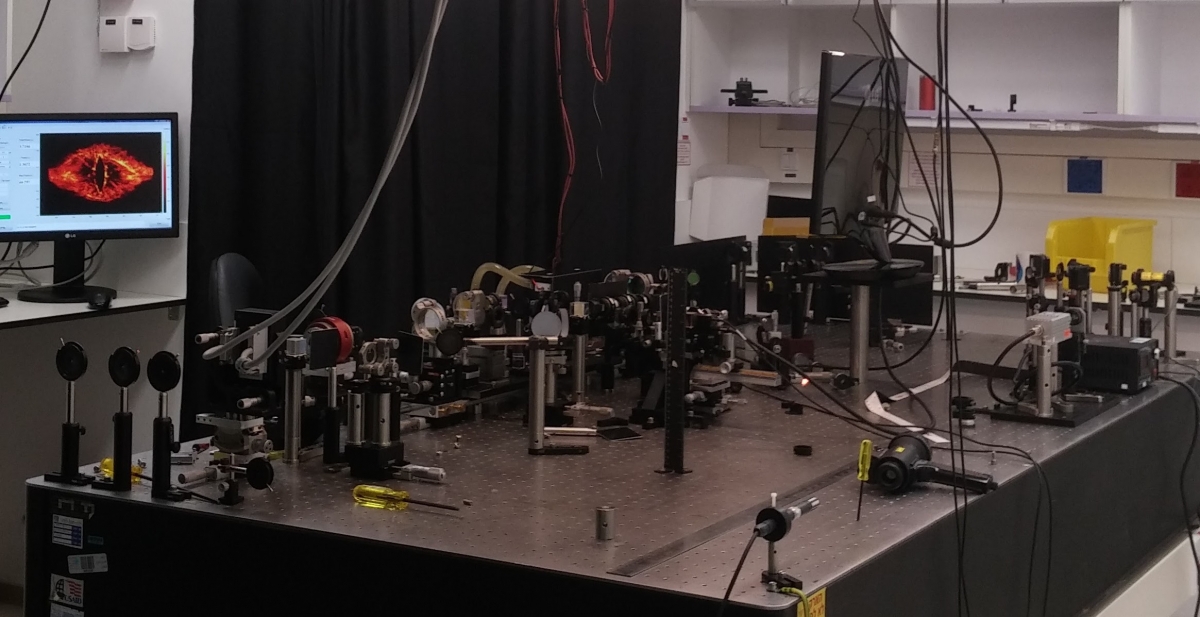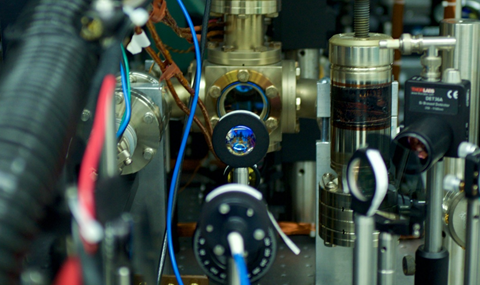Besides their potential for high brightness sources, coupled laser networks reveal intriguing physics. First, very large arrays of >1000 lasers with nearest-neighbor coupling are shown to rapidly “dissipate” into long-range phase ordering, identical to the ground state of a corresponding XY spin Hamiltonian. For negative coupling "anti-ferromagnetic" phase order is observed, which reveals "geometric frustration" in a Kagome lattice and odd-numbered rings.

Second, arrays of coupled lasers with fluctuating lengths reveal phase and power fluctuations that agree with extreme value distributions of random matrices. Thirdly, long range dissipative coupling is used for real-time wave-front shaping through scattering media, for controlling spatial coherence, and for observing “quantum” phase transitions for spin-like systems with quenched disorder. Fourthly, complex laser networks with homogenous time delayed coupling are shown to divide into phase-synchronized or chaos-synchronized clusters where the number of clusters is the greatest common divider of the number of lasers in simply connected loops.


